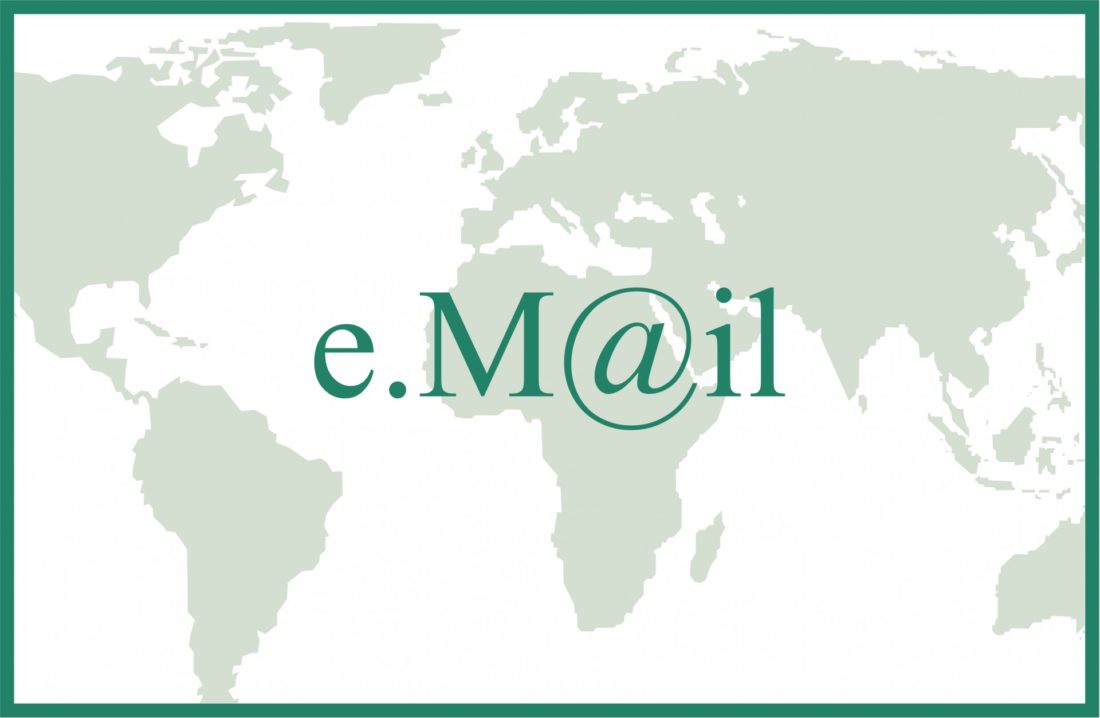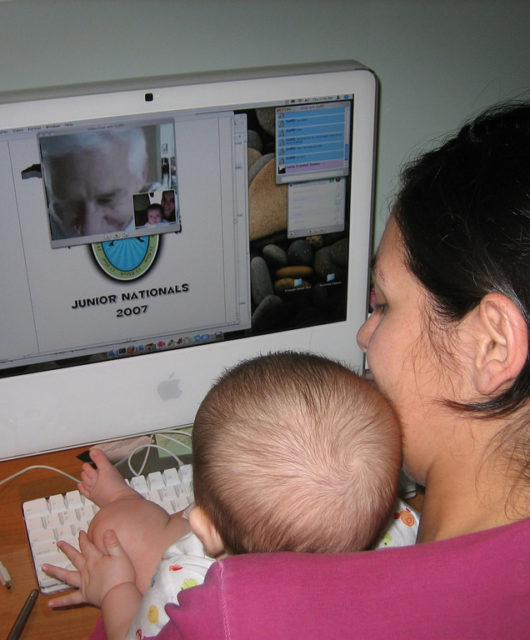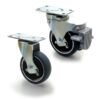 Once upon a time, only businesses archived their emails. Today, however, regular individuals do so as well, because so much of our communication is now through email. Whether you are a professional or a domestic email account holder, however, it is important that you follow best practice guidelines when email archiving. Let’s take a look at some of them.
Once upon a time, only businesses archived their emails. Today, however, regular individuals do so as well, because so much of our communication is now through email. Whether you are a professional or a domestic email account holder, however, it is important that you follow best practice guidelines when email archiving. Let’s take a look at some of them.
- Understanding Why You Need to Archive
You shouldn’t just archive for the sake of it. Ask yourself what it is that needs to be archived and how. For instance, do you want to save highly important documents, or do you only want to keep a record of email conversations? You need to know what you want to store, what you want to delete, and what you want to archive.
- Learn About Using Scripts
Scripts are particularly important for businesses, because they usually want to archive more than one account. If you had to archive each account individually and manually, you would lose a whole lot of time doing so. Instead, using a script that is able to efficiently work on multiple accounts at the same time.
- Place Manual Limits on Mailboxes
Another thing of particular importance to businesses is that there is a limit on how much information can be stored in a single mailbox. One of the reasons for this is that many email archive programs have their own default limits set, which may not be suitable to you at all. Without manually setting them to your preferences, you may find yourself with archived emails that you were still using.
- Make Sure that Everyone Complies with the Rules
This issue is perhaps one of the most important ones for businesses. There are, for instance, certain emails and pieces of information that you are legally not allowed to delete or archive, or at least not for a certain amount of time. Outside of these legal requirements, you can, as a business or individual, also set rules in terms of size limits. There should be clear policy and protocol regarding this, and it should be adhered to.
- Find Out How You Want to Structure Your Archive
Last but not least, you need to think about how you will store your archive. If it holds lots of difference accounts, the structure will likely become increasingly complex. One idea, for instance, is to archive according to date received, others on date sent, others still on alphabetical order for the sender, or for the receiver, and so on. It is also possible to create other folders, just as with a regular inbox, such as a sent folder and a personal folder.
Because businesses and people alike have increasing numbers of email accounts, and because everybody wants to be able to receive emails, archiving may be a necessity. It is important, however, that this is done in such a way that it is easy to understand, secure, easy to do, and easy to return to if need be.










